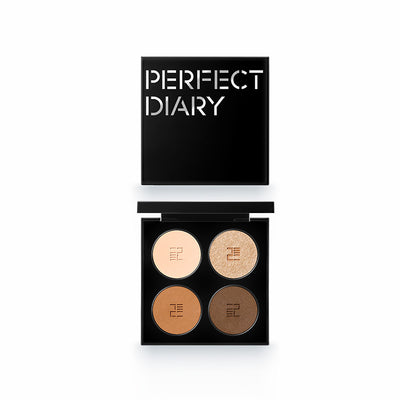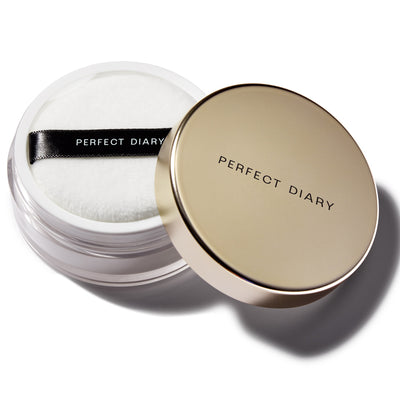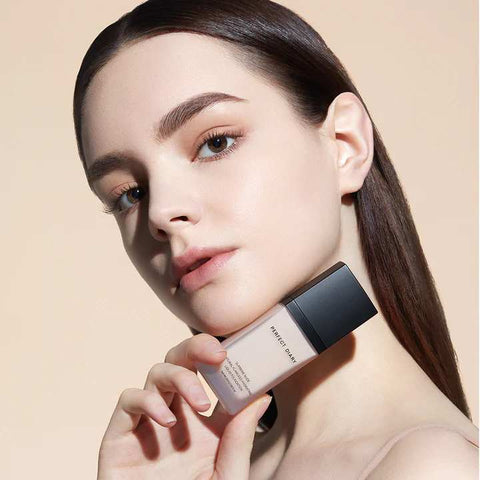What is the Base Primer for Face? | Criteria, Tips, and Tricks
This blog post is all about the topic "base primer for face", its advantages, how to use it, and why we should never skip this makeup product in our daily routine.
Introduction
When you step into a department store, there are hundreds of different products that you can choose to improve your makeup. Many people have heard about base primers, but they might not know exactly what they do or why they should use one. The truth is, base primers aren’t just another layer of makeup that you put on your face; they play an important role in the way your makeup looks and feels when it dries down. While there are many different types of primers out there with varying benefits—from moisturizing to color correcting—I think every woman should have at least one in her collection! Here's everything you need to know about base primers:
What is Base Primer?
Base primer is a makeup primer that is used before applying foundation. It helps to lock in the makeup and prevent it from smearing. Base primers can also be used as a moisturizer, which will smooth out your skin before applying foundation. The base primer for face works by creating a barrier between your skin and any product you put on top of it so that they don't move around or get rubbed off when you apply other products like blush or lipstick.
Base primers come in many forms: gel, liquid, and powder form but the most popular type of base primer for everyday use are cream-based because it gives an even finish without making you feel greasy or oily throughout the day like some gels do when applied directly onto bare skin (especially if you have combination/oily skin).
Why use Base Primer?
Base primer helps to fill in fine lines and pores.
Base primer creates a smooth surface for foundation application, allowing you to achieve full coverage without having to apply as much product. (Try the Supreme Nude Natural Flawless Hydrating Liquid Foundation from Perfect Diary with base primers to get amazing results.
Base primer extends the wear of your makeup by keeping it from settling into fine lines or creases, which can make you look older than you are!
Base primer helps to keep the skin hydrated, healthy, and smooth. It also helps to avoid makeup creasing and makes it last longer on your face.
How to use Base Primer?
To use base primer, follow these steps:
Apply it on clean and moisturized skin. A good rule of thumb is that if you're going to use a primer, it should be the first step in your skincare routine. This will ensure that your pores are clear and free from dirt or oil build-up before applying makeup. If you have oily skin, apply moisturizer after washing but before applying any other products; if you have dry skin (like me), use an oil-free moisturizer or serum instead of heavy creams or lotions because those tend to clog pores even more!
Use only a thin layer of base primer so that it doesn't look cakey when you apply foundation over it later on down the road--and make sure not too much product gets onto one area at once either since then there might be streaks visible under bright lights like those used at weddings or photo shoots where everything needs consistency without fail!
A base primer will make your makeup looks flawless!
It will make your makeup last longer and look more natural. A base primer for face will also help to prevent oil from breaking through the foundation and causing it to separate on your skin, which can result in an uneven application. A good base primer has a soft-focus effect that diffuses light to create an even, radiant complexion without adding any color or texture of its own. You must choose one that's right for your skin type--if you have oily skin, go for something oil-free; if dry, go with something hydrating.
Conclusion
So, if you're looking to improve your skin and make it look flawless, then a base primer for face is the perfect product. It will help keep your makeup from smudging throughout the day and will also give it more of an airbrushed effect.





















